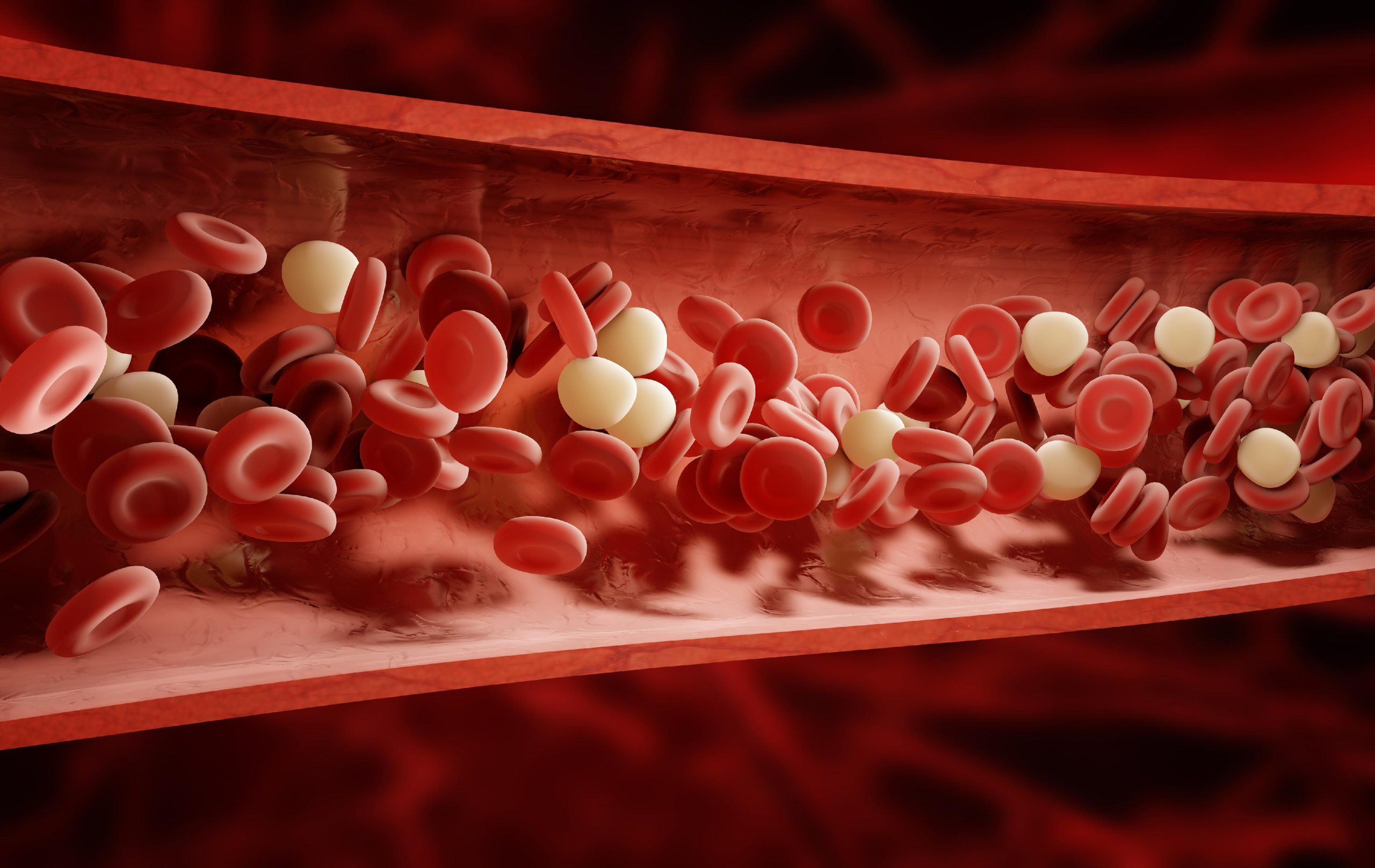
Children can face many health challenges. Blood disorders are among them. These conditions affect how blood works. They can impact red cells. White cells and platelets are also involved. Some disorders are genetic. Others develop over time. Early diagnosis is very important. It helps manage the condition. Timely treatment improves outcomes. Understanding these disorders helps parents. It prepares them for what to expect. Support for families is crucial. Living with such conditions is hard.
These conditions affect how blood works.
Blood is vital for life. It carries oxygen everywhere. It fights off infections. It helps stop bleeding. When blood doesn’t work right, problems occur. Red blood cells might be too few. This causes anemia. White blood cells could be abnormal. This impacts immunity. Platelets might not clot well. This leads to bleeding issues. Each component has a key role. Any malfunction can be serious. The body relies on balanced blood. Disruptions have widespread effects.
They can impact red cells.
Red blood cells carry oxygen. Anemia is a common red cell disorder. It means not enough healthy red cells. Children with anemia feel tired. They may look pale. Their energy levels drop. Different types of anemia exist. Iron deficiency anemia is common. It occurs from low iron. Nutritional deficiencies cause it. Genetic factors also play a part. Sickle cell anemia is inherited. Thalassemia is another genetic form. Each type has distinct features. Treatment varies significantly.
White cells and platelets are also involved.
White blood cells fight infection. Problems with white cells weaken immunity. Children get sick more often. They might have frequent infections. Some disorders involve too many white cells. Leukemia is a type of cancer. It affects white blood cell production. Platelets help blood clot. Low platelet counts cause bruising. They can also cause bleeding. Idiopathic thrombocytopenic purpura (ITP) is one. It causes easy bruising and bleeding. High platelet counts are also possible.
Some disorders are genetic.
Many blood disorders are inherited. They pass from parents to children. Genetic counseling can help families. It explains the risks. It offers testing options. Sickle cell disease is a prime example. Thalassemia is another inherited disorder. Hemophilia is a bleeding disorder. It is also genetic. These conditions are lifelong. They require ongoing medical care. Family history is a key factor. Doctors often ask about it. Genetic testing confirms diagnosis.
Others develop over time.
Not all disorders are inherited. Some appear later in childhood. Aplastic anemia can develop. The bone marrow stops making blood cells. Certain medications can cause it. Exposure to toxins is another reason. Nutritional deficiencies often emerge. Iron or vitamin B12 deficiency can happen. These lead to different anemias. Autoimmune conditions might play a role. The body attacks its own blood cells. Regular check-ups can detect issues. Early signs might be subtle.
Early diagnosis is very important.
Catching these disorders early changes outcomes. Symptoms can be subtle at first. Parents might notice fatigue. Frequent infections can be a sign. Unusual bruising or bleeding is concerning. Doctors perform blood tests. Complete blood count (CBC) is basic. It measures cell levels. Further specialized tests might follow. Bone marrow biopsies can be needed. Genetic tests confirm inherited forms. Early diagnosis allows prompt action. It prevents complications from worsening.
It helps manage the condition.
Once diagnosed, management begins. Treatment aims to control symptoms. It also prevents future problems. For anemia, iron supplements might help. Blood transfusions are sometimes needed. For bleeding disorders, clotting factors are given. Infections are treated promptly. Regular monitoring is essential. Doctors track blood counts closely. Adjustments to treatment are common. The goal is to improve quality of life. It’s a continuous process.
Timely treatment improves outcomes.
Delaying treatment can be risky. Complications might become severe. Anemia can affect growth. It impacts cognitive development. Untreated bleeding disorders cause damage. Joint bleeding can lead to disability. Frequent infections harm organs. Early intervention reduces these risks. It minimizes long-term effects. Children can live fuller lives. It helps them thrive better. Adherence to treatment is crucial. Families play a big role here.
Understanding these disorders helps parents.
Knowledge empowers parents greatly. They can recognize new symptoms. They can better advocate for their child. They understand treatment plans. This reduces anxiety and fear. It helps them support their child emotionally. They can explain the condition clearly. Siblings and relatives also benefit. Education helps reduce stigma. It fosters a supportive environment. Parents become active team members. They partner with medical staff. This collaboration is very effective.
It prepares them for what to expect.
Living with a blood disorder is a journey. Parents learn about the course. They understand potential challenges. They anticipate complications. They know when to seek urgent care. This preparation reduces surprises. It helps them plan for the future. School adaptations might be needed. Social life might be impacted. Parents can adjust expectations. They focus on resilience building. They celebrate small victories too. This outlook helps them cope.
Support for families is crucial.
Families need a strong network. Connecting with other families helps. Support groups offer shared experiences. They provide emotional comfort. They offer practical advice. Medical teams provide guidance. Social workers can assist with resources. Mental health professionals offer support. Navigating healthcare is complex. Financial burdens can arise. Community resources are often available. This support eases the journey. It strengthens family coping. It prevents isolation.
Living with such conditions is hard.
The emotional toll is significant. Children cope with medical procedures. They might miss school days. They can feel different from peers. Parents face constant worry. They manage complex medical regimens. Siblings can feel neglected. Family dynamics shift. It demands immense resilience. There are moments of despair. Yet, there are also moments of triumph. It is a testament to strength. Families find new ways to thrive. They adapt and overcome challenges.
This collaboration is very effective.
Parents and medical teams work together. Shared decision-making is encouraged. Parents provide vital insights. They know their child best. Doctors offer medical expertise. Nurses provide daily care. Therapists offer specialized help. This team approach optimizes care. It ensures all aspects are covered. Communication is open and honest. Questions are welcomed always. This partnership builds trust. It leads to the best outcomes. It empowers the whole family.
It leads to the best outcomes.
When everyone works together, results are better. Children receive comprehensive care. Their needs are met effectively. They experience fewer complications. Their quality of life improves. They can participate in activities. They achieve their developmental milestones. This collaborative model is powerful. It highlights the strength of partnership. It ensures every child gets a fair chance. It truly makes a difference. This is the ultimate goal for all.
This is the ultimate goal for all.
The collective effort aims for this. Every child deserves a full life. Despite health challenges, joy is possible. Support systems make it achievable. Research continues for new treatments. Hope drives all medical advances. Families and doctors push forward. They work towards a brighter future. This shared vision unites them. It ensures continued progress. It gives strength to everyone involved.
Understanding common blood disorders in children, from diagnosis to ongoing management, empowers families to navigate challenges and foster resilience.
